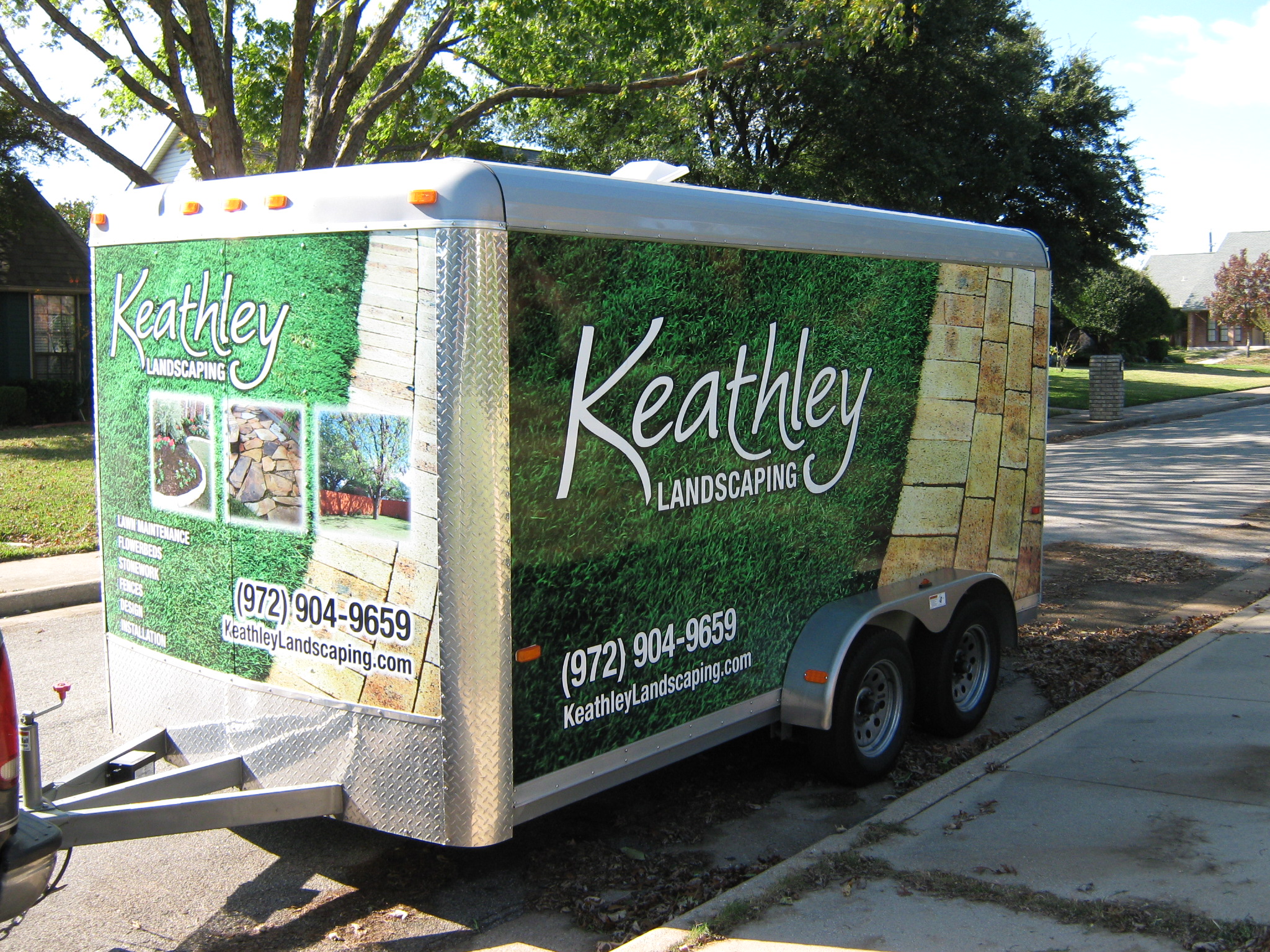French Drains and Wildlife: Ensuring Safety and Coexistence
French drains are a popular solution for managing water drainage issues around homes and properties. However, when installing these systems, it’s essential to consider their impact on local wildlife. Let’s explore how you can ensure the safety of your feathered, furry, and scaly neighbors while enjoying a dry, well-drained yard! 🌿
Table of Contents
1. What Are French Drains?
2. Why Consider Wildlife?
3. Designing Wildlife-Friendly French Drains
4. Monitoring and Maintenance
5. Conclusion
6. FAQ
What Are French Drains?
French drains are simple yet effective systems designed to redirect water away from areas prone to flooding. They consist of a trench filled with gravel or rock containing a perforated pipe that helps guide water away from your home or garden. This prevents water pooling and potential damage to your property.
Why Consider Wildlife? 🦊
While French drains serve a functional purpose, they can inadvertently impact local ecosystems. Animals such as frogs, small mammals, and even insects may use these areas for shelter or breeding. Without proper consideration, these creatures may find themselves trapped or harmed by the drainage systems.
Designing Wildlife-Friendly French Drains
Here are some tips to make your French drains more wildlife-friendly:
1. Choose Safe Materials 🌱
Select materials that do not contain harmful chemicals. Natural stones and eco-friendly pipes are excellent choices to prevent leaching toxins into the soil and water.
2. Install Wildlife Exits 🚪
By incorporating gentle slopes and exit points within your design, you enable small creatures to escape easily. This simple step can prevent unnecessary harm to wildlife.
3. Use Native Plants 🌼
Planting native vegetation around your French drain can create a habitat for local species. These plants offer food and shelter, enhancing the biodiversity of your garden.
Monitoring and Maintenance
Regular inspections are crucial to ensuring your French drain remains a safe environment for wildlife. Here’s how you can help:
– Check for blockages that could trap animals.
– Ensure exit points remain unobstructed.
– Monitor plant growth to maintain a balanced ecosystem.
Conclusion
By taking a few mindful steps, you can enjoy the benefits of a French drain while preserving the safety and coexistence of local wildlife. Remember, a harmonious garden is one where every creature has its place. Let’s keep our yards both functional and friendly to all its inhabitants! 🏡✨
FAQ
Q: How do I know if my French drain is affecting wildlife?
A: Observe the area for signs of wildlife activity, such as nests or burrows, and check for any creatures that might be using the drain for shelter.
Q: Can I retrofit my existing drain to be more wildlife-friendly?
A: Absolutely! Adding exit points and planting native vegetation around the drain can enhance its wildlife friendliness.
Q: Are there specific plants I should use around a French drain?
A: Native plants are best, as they support local ecosystems and require less maintenance. Consult with a local nursery for the best options specific to your area.
Q: How often should I inspect my French drain for wildlife safety?
A: Regular seasonal checks are recommended, especially after heavy rains, to ensure the drain functions properly and remains safe for wildlife.
Q: What should I do if I find trapped animals in my French drain?
A: Contact a local wildlife rescue organization for assistance. They can help safely remove and rehabilitate the animal if necessary.






































Recent Comments